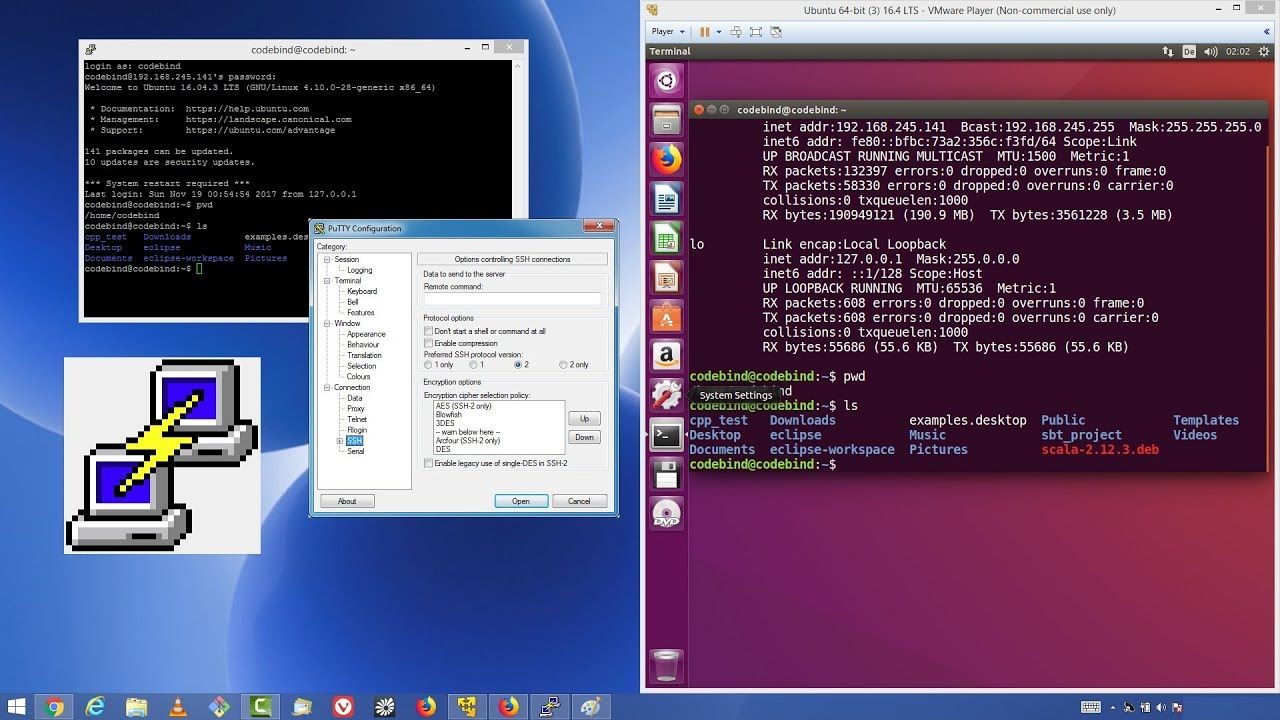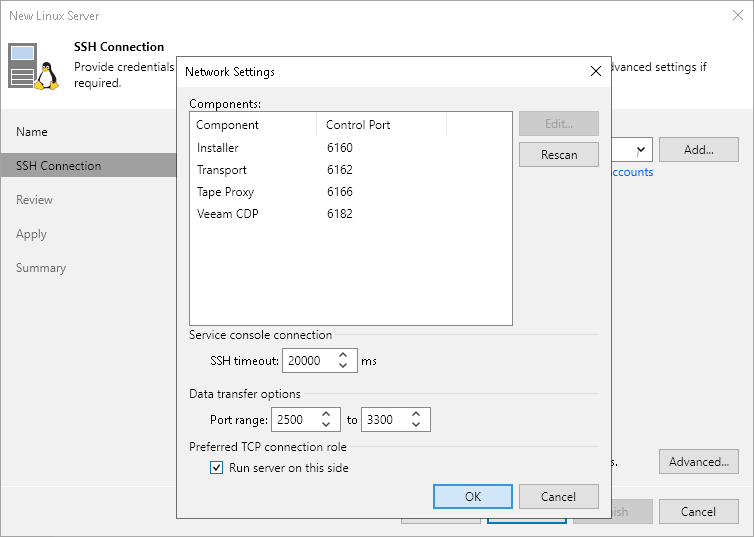

- Mac application for editing ssh config how to#
- Mac application for editing ssh config windows 10#
- Mac application for editing ssh config password#
- Mac application for editing ssh config mac#
Steps I needed to perform after great answer from to set static IP in my Hyper-V Ubuntu 19. The most relevant configuration directives for proper SSH setup are: UseKeychain yes AddKeysToAgent yes Simply including those to your /.ssh/config will ensure that the SSH client will use operating system’s Keychain to store the password of your SSH key files, and also the keys will be loaded to SSH agent for later reuse. Which parts have to be configured to allow VS-Code reconnect smoothly even after reboot of Windows or VM?ĭISCLAIMER: my network skill level = noob :\ But this is what I could not get to work at all. I've tried setting a static IP in VM's network settings but this seems not to persist since they change back to "Automatic (DHCP)" after each reboot of the VM.Īs suggested in another post I've tried to create a new virtual switch w/ a static IP cause it's seems that Hyper-V's default switch is not meant to have a static IP. The change of IP also leads to further issues like the need to restart the VM and to confirm the authenticity of "new" host on every new ssh connect. The issue is that on every Windows reboot the IP address of the VM (and hyper-v's default switch) change requiring to edit ssh config to allow VS-Code to connect to the VM again. Settings of my hyper-v default switch (it looks like it's set to use a static IP but actually this settings change after each reboot of Windows): Here' how my ssh config looks like: Host hypervubuntu
Mac application for editing ssh config how to#
In fact, ideally you should learn the basics of all threeat least how to get out safelybecause at some point.


Mac application for editing ssh config mac#
The VS-Code remote development plugin allows to edit a ssh config file (C:\Users\username\ssh\config) which makes it easy to connect to the VM. There are lots of full-screen text editors, but if you want to edit files locally on your Mac and while ssh'd into a remote server without having to think about it, you really have to learn one of the ubiquitous editors. The VM uses hyper-v's default switch for networking.
Mac application for editing ssh config windows 10#
In the modern era of VPSes, Docker, etc, the common convention is to use the username app as the single non-root user for web apps.I'm using VS-Code remote development plugin to edit code on a hyper-v VM (which is a Ubuntu 19.10 – quick create) which is running on Windows 10 on my Laptop. As such, the SSH default username is the user of your current system (usually in your shell prompt, and can be checked with whoami). In the past it was common to have multiple users per system. They both define IdentityFile as an unchangeable constant, which will only lead to confusion and sorrow. sudo chown root:root / etc / ssh / sshdconfig sudo chmod og-rwx / etc / ssh / sshdconfig. In most cases you will also want to disallow permissions to anyone but root. # Typo: Looks like a new section, but it's still part of īoth of these have the same WRONG result: Host * Locking down the files: prior to editing the file, ensure that both the sshconfig and sshdconfig files have the owner and user set to root.

You should always indent - because it helps you read the config file - however, the config file is ONLY split by Host sections. Now that I’ve actually done the research to understand how ssh config works, this is the layout that I recommend: If I run ssh dev, the following configuration will be resolved, this this order: Hostname Prox圜ommand sclient %h # SSH-over-HTTPS (TLS) LocalForward 5900 localhost:5900 # MacOS built-in VNC Here’s an example config that represents all of the options I commonly use: Host sections apply to the name you use (not what it resolves to).Multiple hostnames (and aliases) may be specified per section.Host sections can be specified multiple times.Host specificity is NOT a factor of priority.Over the years I’ve collected a rather messy ~/.ssh/config which resulted in some undesired behavior as a result of me misunderstanding how the config file prioritizes its options.


 0 kommentar(er)
0 kommentar(er)
